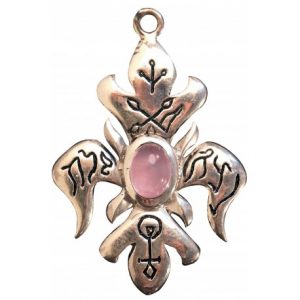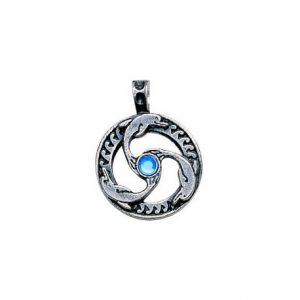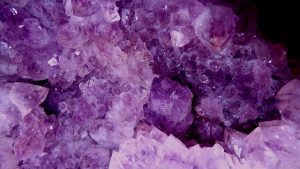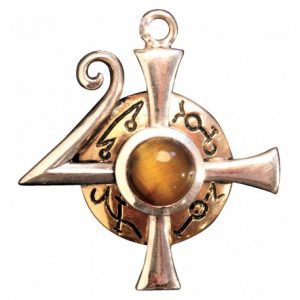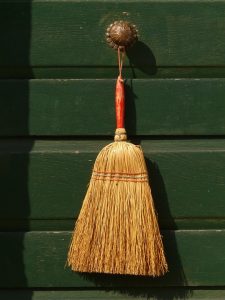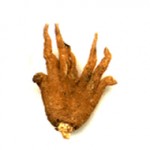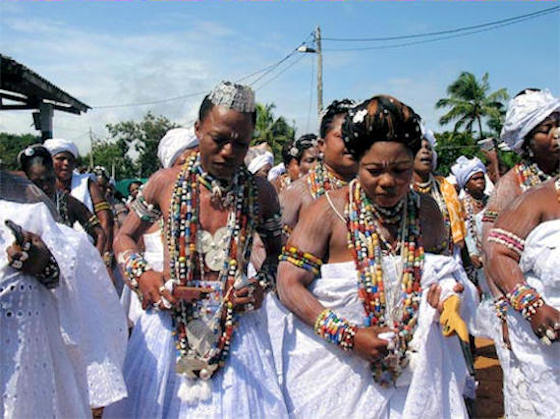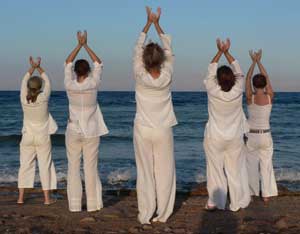In order to try keep the planet healthy and sustainable, it’s important that we consider being environmentally friendly in as many aspects of our life as is possible.
While Paganism is known as an earth religion, something I noticed when studying the Pagan community is that this love for the earth frequently does not translate into a green approach to living our lives, which when you think about it seems kind of odd, given the condition of the earth at the moment.
So with that in mind I plan to write more about environmental concerns (in a non preachy way!) and here to kick this off is Phill from Late Late Gifts who has written an excellent guest post on how you can integrate this way of thinking and doing into your gift giving.
Top Tips to Stay ‘Green’ When Gift-Giving
Guest Post by Phill from Late Late Gifts US.

When it comes to gift giving, incorporating your green living practices can be a little confusing. There are many ways however, to give your loved ones beautiful gifts while still remaining environmentally friendly. There is no need to break the bank or go out of your way- many of the best holiday ideas can be found right in your own home! Here are some of the top tips for green gifts for your winter festivities!
Recycle
Have you received a gift that you didn’t much enjoy, or couldn’t find a use for? We all have, and for some strange reason seem to hang onto these unused items. These make perfect gifts for friends and family! You may know someone who could really use that present you didn’t have need for, it doesn’t cost a thing, and it’s a great way to recycle a great gift. Just make sure you don’t re-gift it to the original sender!
Make it at Home
There is nothing more heart felt than a gift made by your own hands. Homemade presents are especially suitable for Winter Solstice. It doesn’t have to be elaborate, and crafting something yourself gives you the opportunity to put loads of loving energy into the item!
Think simple, and it’ll be even easier. When doing homemade, you even have the option to combine recycling! For example, mittens can easily be made from an old sweater, or a dream pillow from an old sheet or t-shirt you no longer use. The ideas are endless! This is a perfect creative outlet that guarantees you have a unique gift to give someone, all while remaining green!
Mind the Paper
Possibly one of the biggest negative environmental impacts during the holiday season is the massive amount of paper used in wrapping. Tons of paper are used to wrap gifts, and then promptly thrown away. This year, save a few trees by avoiding wrapping paper altogether.
Other options for pretty presentations include using newspaper. Recycle that news you were throwing away. If you want it to be more festive, it’s very easy to paint the paper in any kind of color or design you want.
An even better alternative is to use something less disposable. Consider decorating a wooden box that not only houses the present, but will be usable later too. You can also incorporate the wrapping material into the present itself. For example, you give DIY sachet or dream pillow kits with instructions on how to put them together. Use the fabric that makes up the sachet or pillow as the wrapping paper.
The options for green gift giving during the Solstice and other holidays are endless. All it takes is a little imagination and creativity!
About the Author
This article was written by Phill from Late Late Gifts US.

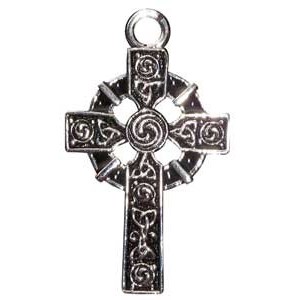

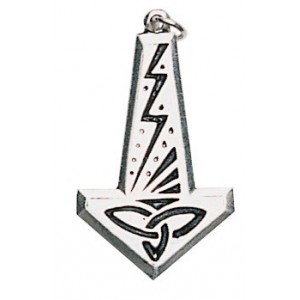
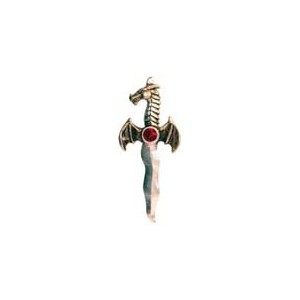
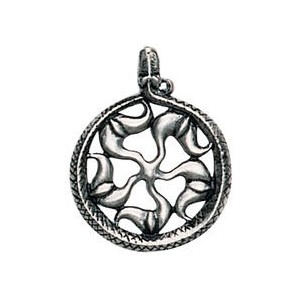
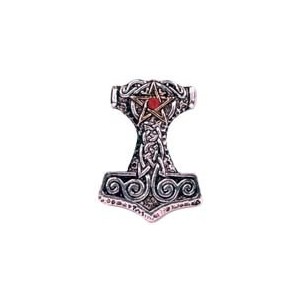
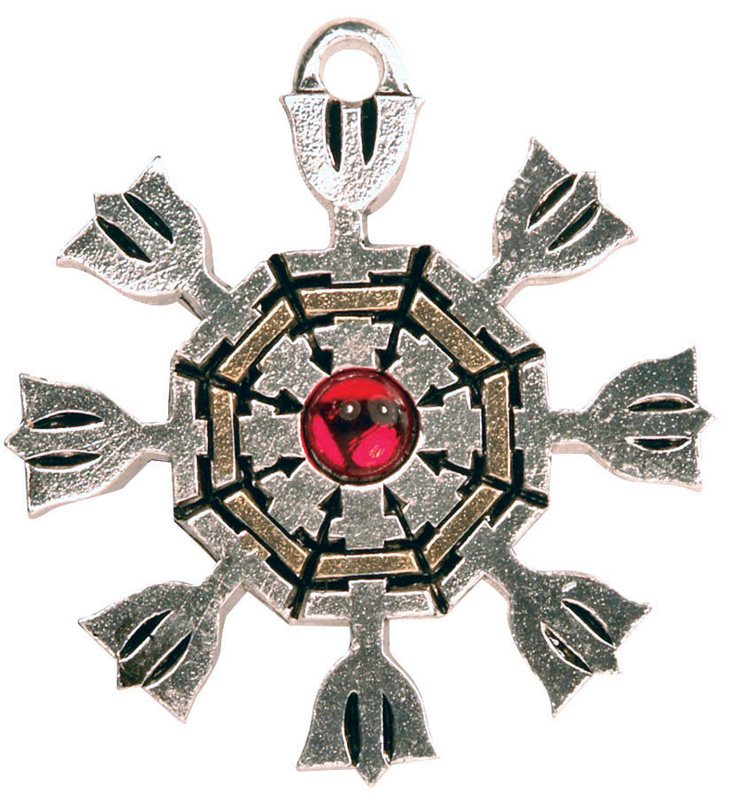

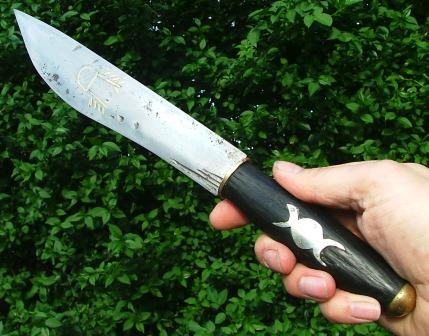
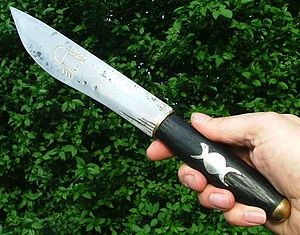
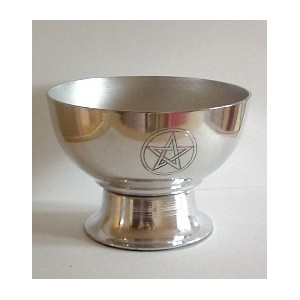 The Chalice
The Chalice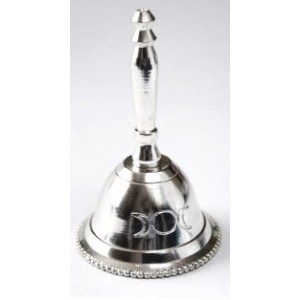 Bells are like the Voice of the Goddess. When you ring one, it brings the Divine’s attention to you. And your attention to the Divine.
Bells are like the Voice of the Goddess. When you ring one, it brings the Divine’s attention to you. And your attention to the Divine.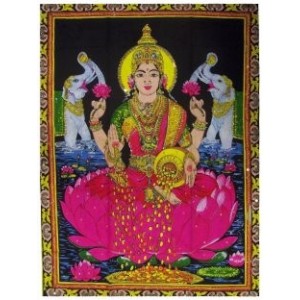 In specific Neopagan faiths, Wicca in specific, the altar cloth is placed on the altar exactly where magical workings are performed. Several altars are patterned with pentagrams, the classic symbol for Wicca.
In specific Neopagan faiths, Wicca in specific, the altar cloth is placed on the altar exactly where magical workings are performed. Several altars are patterned with pentagrams, the classic symbol for Wicca.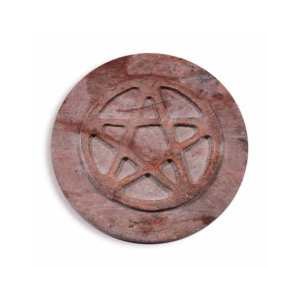 The tile itself is usually inscribed with the pentagram (5-pointed star) and at times with other symbols. The star symbol represents the four elements of earth, air, fire, water and a fifth element of spirit, as represented by the Goddess and God. The tile is positioned with the spirit tip pointing up to signify that the spirit rules more than the elements.
The tile itself is usually inscribed with the pentagram (5-pointed star) and at times with other symbols. The star symbol represents the four elements of earth, air, fire, water and a fifth element of spirit, as represented by the Goddess and God. The tile is positioned with the spirit tip pointing up to signify that the spirit rules more than the elements.